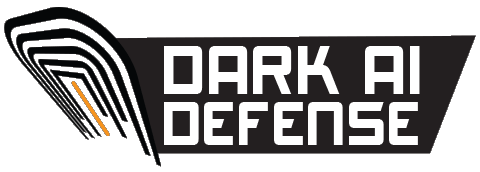Prediction Without Exclusion: Why AI in Cancer Care Must Stay Accountable to Outliers
In May 2025, researchers at Weill Cornell Medicine unveiled a groundbreaking AI model designed to group cancer patients by similar clinical and molecular profiles—irrespective of traditional tumor types. Their findings, published in Nature Communications, show that deep learning models can uncover hidden subtypes that may improve patient outcomes by supporting more tailored treatment pathways.
But as we celebrate these advances, we must also ask: What happens to the patients who don’t fit?
AI That Clusters Cancer Patients Beyond Tumor Type
The study, titled “Deep representation learning reveals clinically relevant patient subgroups across multiple cancer types”, presents a neural network trained on data from over 6,700 patients across 33 cancers in The Cancer Genome Atlas (TCGA). The model learns compressed “embeddings”—mathematical representations of patients—that capture survival outcomes, gene mutations, and clinical features.
“We show that patient representations derived from a multi-cancer pan-dataset can meaningfully reflect clinical and biological information.” — Nature Communications(Zhang et al., 2025)
According to Weill Cornell’s official announcement, the model enables physicians to see patterns that are invisible to the human eye.
“Our approach identifies patterns that might not be apparent from traditional diagnostic frameworks,” said Dr. Olivier Elemento, principal investigator of the study. “That could eventually help clinicians predict which patients are likely to respond to a specific treatment.”
But Who Gets Left Behind?
While this innovation has the potential to personalize care, it also introduces a risk: exclusion through algorithmic classification.
Imagine a 21-year-old woman diagnosed with breast cancer. If the model has been predominantly trained on women over 50, her biological and clinical profile may appear as a statistical outlier. In a system designed to match patients to the “most similar cluster,” she might be overlooked—not because treatment won’t help, but because the model doesn’t understand her yet.
“Model performance may vary depending on sample size and quality of clinical annotations, particularly among rare subtypes.” — Nature Communications, 2025
Bias Is Already Baked In
- Women’s symptoms are frequently misdiagnosed or dismissed.
- Black patients historically receive less aggressive treatment.
- Clinical trials overwhelmingly favor older white male participants.
When AI is trained on data shaped by these inequities, it can codify them into future care decisions—unless corrected.
A person is not a cluster. And a cluster is not a person.
Why This Matters: Confirmation Bias and Medical Inequity
The danger lies in reinforcing historical gaps. AI is often trained on datasets with demographic and clinical imbalances. If a tool begins excluding those it can’t confidently predict, it could harden these disparities.
As the Weill Cornell team notes:
“Our framework can identify clinically meaningful groups… but clinical decisions must still account for individual context.” — Weill Cornell Medicine
Recommendations: How to Ensure AI Doesn’t Discriminate by Design
- Train on diverse datasets: Actively include edge cases, minorities, and younger patients in training data.
- Make AI explainable: Ensure clinicians can review and challenge patient classifications.
- Audit for exclusion: Regularly evaluate which patient types are being labeled as outliers or low responders.
- Build equity into the model:Encourage policies and research designs that reward inclusive predictions.
Precision ≠ Perfection
Personalized medicine cannot mean predictive gatekeeping. Tools like the one from Weill Cornell are powerful—but they must be governed by human oversight, clinical context, and ethical guardrails. AI in healthcare must empower, not erase.
“This is a step toward using AI to meaningfully impact cancer outcomes,” said Dr. Elemento. “But we’re also very aware of the risks of over-automation.”
Let’s make sure precision doesn’t come at the cost of inclusion.
Energy Disclosure: The creation of this article consumed approximately 0.0006 kilowatt-hours (kWh)—the equivalent of powering a 100-watt light bulb for 22 seconds.

